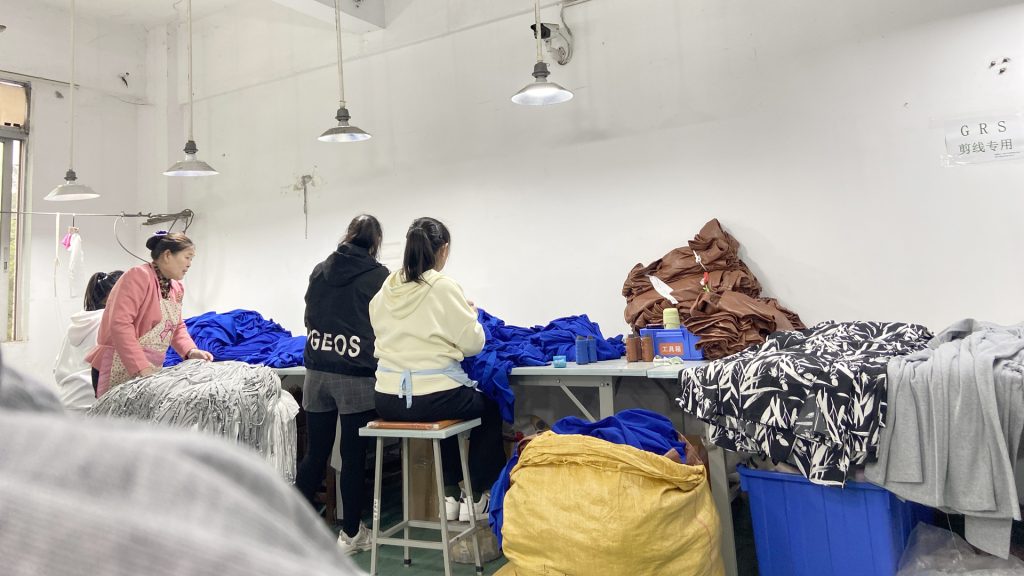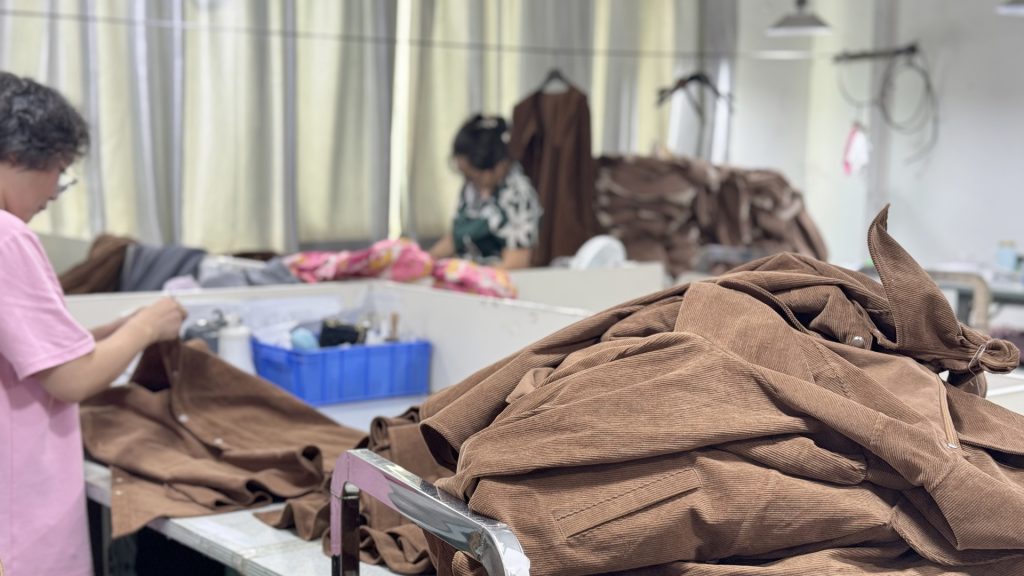Navigating Trends in Clothing Manufacturing: The Global Evolution of the Export Garment Industry
The global fashion industry, with its multi-billion-dollar stature, is reliant on an intricate web of supply chains spanning continents. The export clothing industry, in particular, has seen a rapid evolution in the past few decades. Let’s journey through the significant shifts that have shaped this sector.
Historical Context
Tracing back to the 20th century, clothing was primarily a local business. Most countries had their indigenous clothing industries that catered to their population. It wasn’t until the late 20th century that the shift toward globalization began in earnest.

The Rise of Asian Manufacturers
With the onset of globalization, manufacturing hubs began to emerge in Asia. Countries like China, Bangladesh, and India became the go-to destinations for garment manufacturing. The combination of skilled labor, lower production costs, and efficient infrastructure made them attractive for Western brands.
Quality over Quantity
The initial attraction towards Asian garment manufacturers was due to cost efficiency. However, over time, these manufacturers have scaled up in quantity and quality. Today, the clothing manufacturer hubs in Asia are not only about mass production but also about high-quality craftsmanship.
Technological Innovations
With advancements in technology, the export clothing industry saw the integration of AI, 3D printing, and automated machinery. This has allowed for quicker turnarounds, personalized clothing solutions, and reduced wastage.

Sustainability and Ethical Practices
Modern consumers are more conscious than ever about the origins of their clothing. The export industry has responded by adopting more sustainable practices, ensuring ethical labor practices, and obtaining certifications that attest to their commitment to the planet and its people.
The Pandemic and Its Impact
The recent global pandemic threw a wrench in the workings of the global supply chain. It forced the industry to reevaluate, innovate, and adapt to unprecedented challenges.
Looking Ahead
With a growing emphasis on local sourcing, sustainable practices, and technological integration, the export clothing industry is poised for a future that’s not just about fashion but also about conscious consumerism.

The export clothing industry’s evolution reflects the larger shifts in global economic practices, technological advancements, and consumer preferences. As we stand on the cusp of a new era, it’s fascinating to speculate where the next few decades will take this dynamic industry.
blo102023-01
Google: D&J Fashion Manufacturer
Leave us a Google Review
Facebook: dnjfashionofficial
Instagram: dnj_fashion_official
Linkedin: D&J Garment Manufacturing and Supply Chain
Pinterest: dnjfashion
Youtube: @dnjfashion_official
Tik Tok: @dnj_fashion

